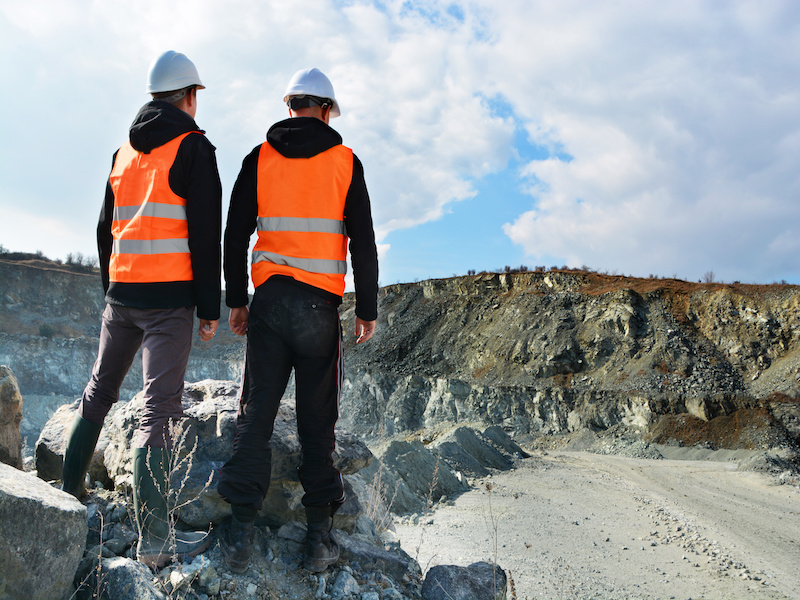

The most material and least quantifiable risks for mining companies lie in the social component of environmental, social and governance issues — and that’s where institutional investors looking at the sector should be focusing their attention and advocacy.
Speaking at a panel discussion in Toronto on March 3, Amy Freedman, chief executive officer of shareholder advisory firm Kingsdale Advisors, said investors are increasingly asking mining companies about financially material ESG issues. “It wouldn’t have been necessarily a portfolio manager’s topic historically, but in the last couple of years it’s crept into the dialogue. And as you’ll see with many of the larger funds, there are individuals at the fund manager level that are responsible for ESG.”
Read: Global institutional investor group highlights stability issues with tailings dams
Ahsan Ahmed, head of ESG for Sprott Inc., said engagement with communities is one of the most important ESG issues for mining companies, particularly junior miners and exploration-stage companies.
“We’re looking at not just net-zero, but net-social-positive impact,” he said. “You’re not just developing a mine and employing locals, [in some cases] you’re developing schools and building the local infrastructure up.”
Brahm Spilfogel, vice-president and senior portfolio manager at RBC Global Asset Management, said the company works to understand many material ESG issues, such as the regulatory process behind getting a mine permitted and operating, mine closure liabilities and more. But he also highlighted so-called social license. “At the end of the day, if you don’t have the social license, if you don’t have the community backing, there is no project.”
Read: How De Beers Canada used its EAP to prepare workforce for mine closure
However, noted Spilfogel, it’s difficult to measure community backing of a project, compared to environmental factors that can be quantified by metrics such as a project’s greenhouse gas emissions or water consumption. “I can’t tell you how many times I’ve woken up in the morning to find a mine has lost its license due to lack of community backing. And for us, that’s the No. 1 concern we have.”
He said RBC has approached this issue by speaking regularly with the companies it invests in about their community engagement process, and by keeping on top of local news stories and any statements from governments in the countries where projects are located. “It is not something that is very measurable, it’s something you just need to work every day at and follow.”
Sprott is attempting to address social metrics through proxies, said Ahmed. For example, if a mining company builds a school in a local community, it might look at the school’s attendance rates, how many teachers are employed and how students’ academic performance compares to other schools across the country. “It’s something we are thinking about and we are actively looking to engage in some way or form.”
While early-stage mining companies might not have sophisticated disclosure, Spilfogel said they should be able to demonstrate that they’ve considered what issues could affect them down the line.
Read: Caisse in private debt financing deal, OTPP invests in gold miner
“Sometimes you walk through all these issues and it’s readily apparent [when] the company hasn’t thought about the beginning all the way to the end — and the project’s never going to make it. Over time you realize who really has thought through all the important factors. . . . That distinguishes good investments from bad investments for us.”
Smaller companies might feel flummoxed by how to disclose and talk about ESG issues because it isn’t always formulaic, noted Freedman. As well, issues that affect producing miners aren’t the same as those affecting development-stage companies. “It is very much a constructive dialogue between investors and the companies to understand what are the metrics that are important to you.”
While institutional investors will work with companies to help them improve their ESG performance, she said, they often have strict guidelines if they’ve signed investor commitments such as the Paris Agreement, which govern how they vote at annual meetings.
Mélanie Hennessey, vice-president of corporate communications at junior miner NovaGold Resources Inc., agreed. She said some of the company’s investors have had to vote against certain policies in the past, even though they agreed with the work the company was doing.
Read: Most pension funds barely scratching surface on sustainable investment
“They’re aligned with the strategy of the company and think you’re doing everything right, but they have specific criteria to fulfil and specific policies as a big fund that they have to follow. These are instances where we’re caught between a rock and a hard place, where we can’t modify more than what we’ve done already and we are adhering and are trying to improve upon our practices.”
However, working with shareholders has been worth it, she said. “We have great relationships with our shareholders and, as a result, have made a number of changes in these three key areas. . . . It’s an incredible amount of time and resources invested in doing so. But it has paid dividends.”
